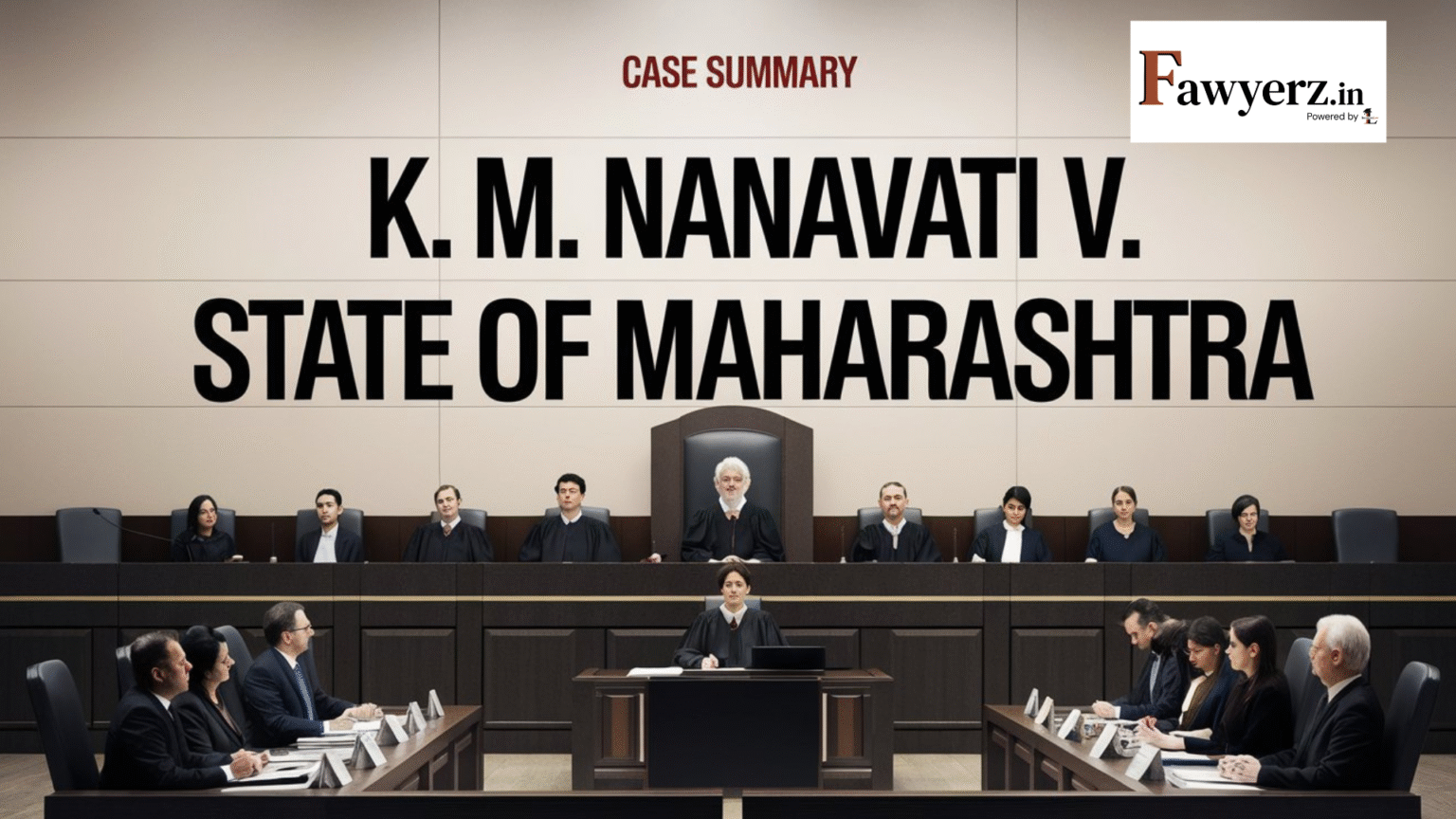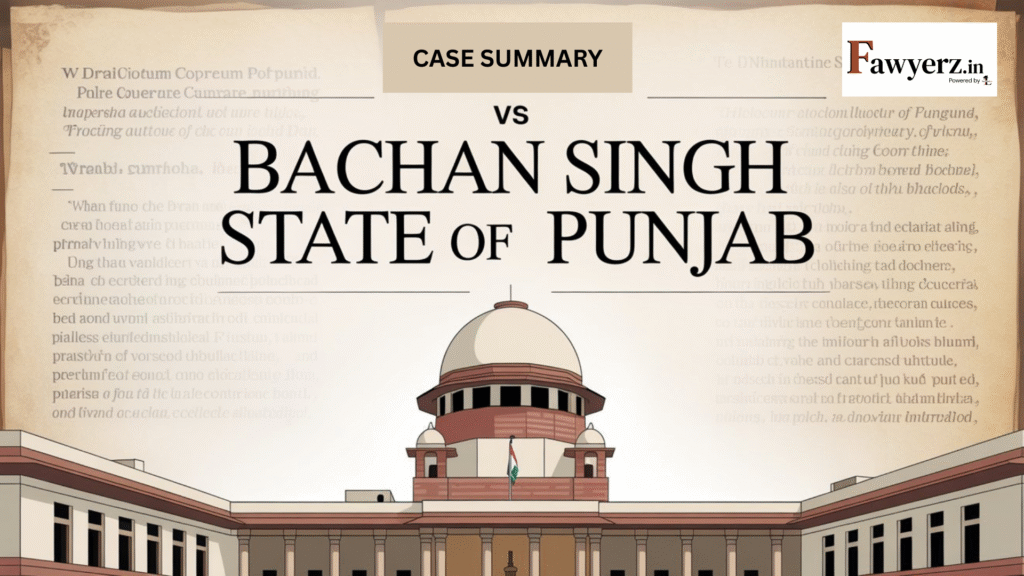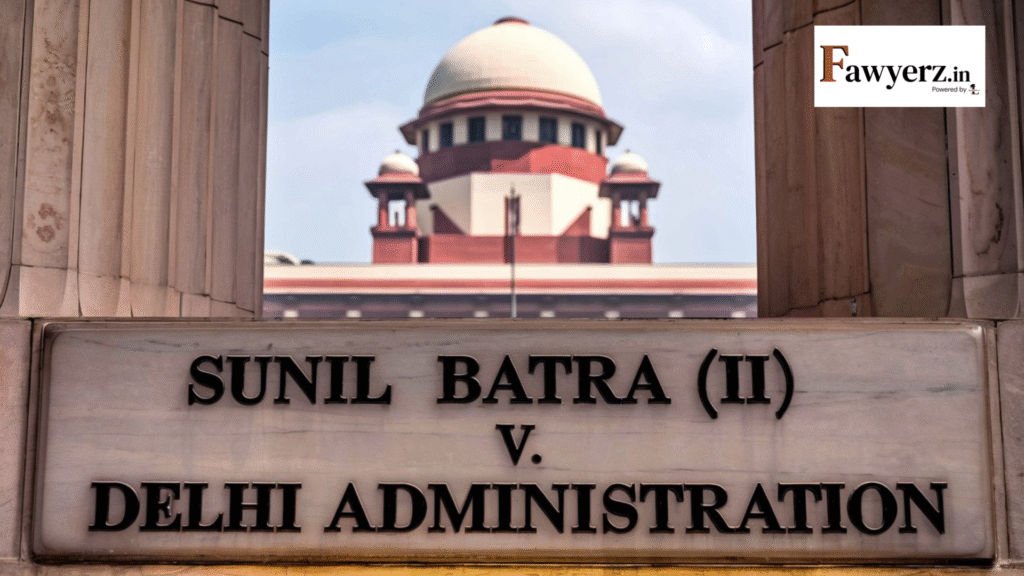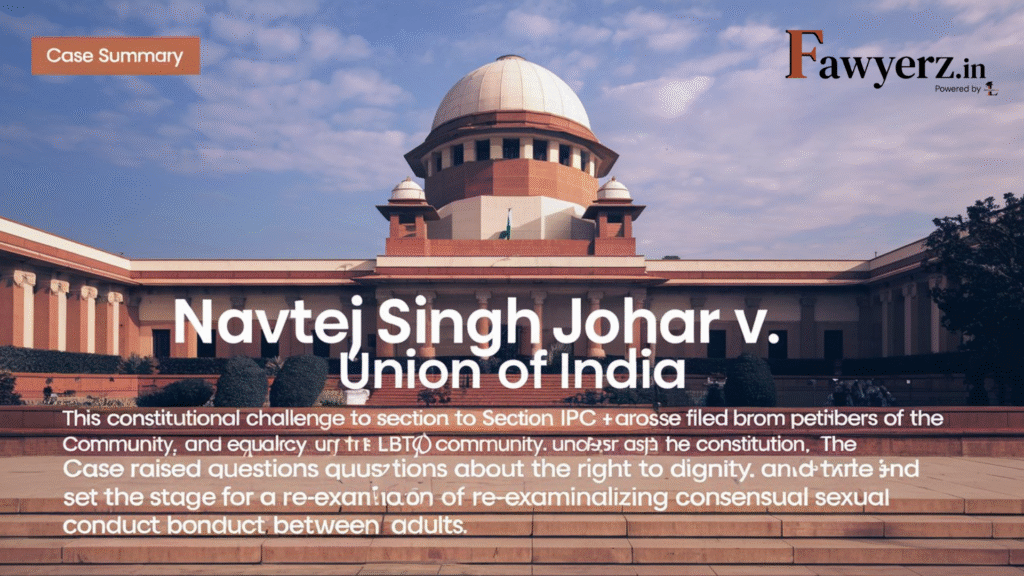K.M. Nanavati v. State of Maharashtra 1961 (Case Summary)

This case stemmed from a high-profile killing involving a naval officer who shot his wife’s paramour. Central to the proceedings was the question of whether the killing was committed under grave and sudden provocation, and whether the High Court could overturn a jury verdict, raising broader questions about the procedural fairness of criminal trials in India.
Table of Contents
ToggleFacts of K.M. Nanavati v. State of Maharashtra
- Commander K.M. Nanavati was a naval officer married to Sylvia Nanavati.
- Sylvia confessed to an extramarital affair with Prem Ahuja, a close friend of the family.
- On the same day, Nanavati dropped his family at a cinema, went to his ship, collected a service revolver under a false pretext, and proceeded to Ahuja’s residence.
- Nanavati shot Ahuja dead and surrendered to the police.
- A Sessions Court jury returned a verdict of “not guilty” (8:1 majority), but the Sessions Judge found the verdict perverse and referred the matter to the Bombay High Court under Section 307 of the CrPC.
- The High Court convicted Nanavati under Section 302 of the IPC. Nanavati appealed to the Supreme Court
Issues framed
- Whether the act of killing fell within the ambit of “grave and sudden provocation” under Exception 1 to Section 300 of the IPC?
- Whether the Sessions Judge was correct in referring the jury’s verdict to the High Court under Section 307 CrPC?
- Whether the High Court could legally interfere with and overturn the jury’s verdict?
Subordinate Court Judgment
The Sessions Court jury acquitted Nanavati by an 8:1 majority. The Sessions Judge disagreed with the verdict, stating that it was against the weight of evidence and resulted from misdirection of law. He referred the matter to the Bombay High Court under Section 307 CrPC. The High Court set aside the jury verdict, convicted Nanavati under Section 302 IPC, and sentenced him to life imprisonment.
Judgment of K.M. Nanavati v. State of Maharashtra
The Supreme Court applied Section 300 (Exception 1), which provides that culpable homicide is not murder if the offender acts under grave and sudden provocation and Section 307, which empowers the Sessions Judge to refer a case to the High Court if he finds the jury’s verdict to be perverse or vitiated by misdirection.
The Supreme Court held that the essential ingredients of Exception 1 to Section 300 were not satisfied. Grave and sudden provocation must be immediate, and the offender must lose self-control at that very moment. In this case, there was a clear time gap between the provocation and the killing, during which Nanavati performed multiple deliberate acts including obtaining a revolver under a false pretext and driving to Ahuja’s residence. These showed that the act was premeditated and calculated rather than impulsive. The Court also held that the Sessions Judge was justified in invoking Section 307 CrPC since there had been a misdirection of law to the jury, especially regarding the legal standard for “grave and sudden provocation.” The High Court was entitled to reappreciate the evidence and reach its own conclusion.
The Supreme Court upheld the Bombay High Court’s conviction of Nanavati under Section 302 of the IPC. It concluded that Nanavati had acted with deliberation and intent, not under sudden provocation, and thus could not claim the protection of Exception 1 to Section 300 IPC. The jury’s acquittal was rightly rejected by the High Court due to misdirection and the Sessions Judge was correct in making a reference under Section 307 CrPC. The appeal was dismissed, and the sentence of life imprisonment was affirmed.





